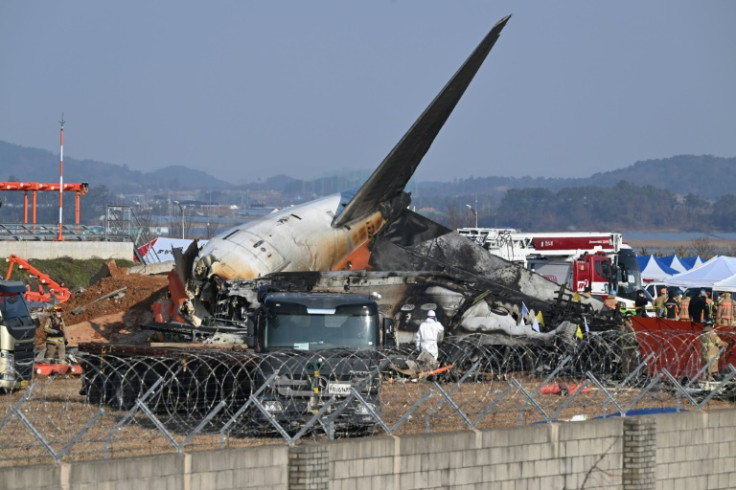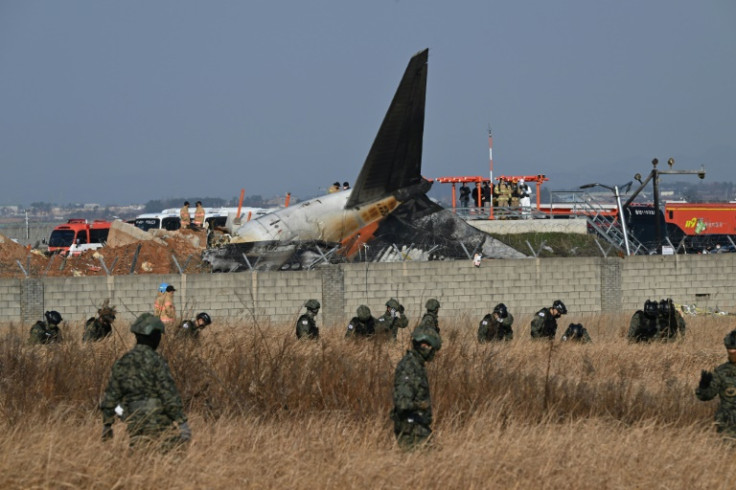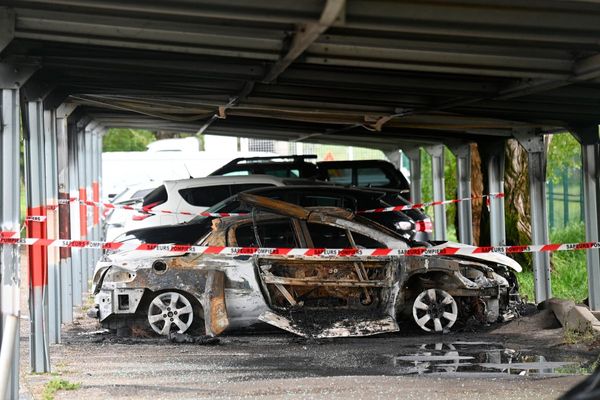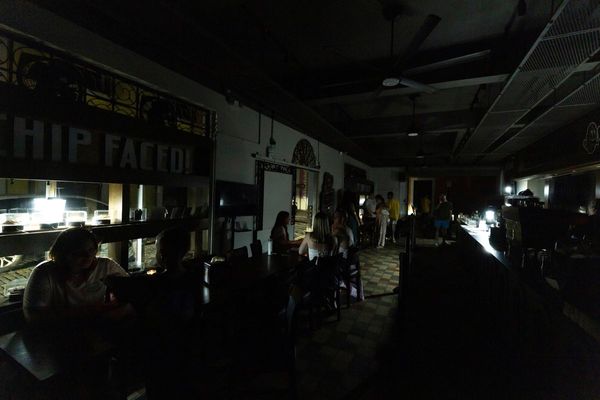
Aviation experts have described the tragic crash of Jeju Air Flight 2216 as avoidable, blaming a concrete wall at the end of the runway for the catastrophic death toll.
The accident, which occurred at Muan International Airport, 180 miles south of Seoul, claimed 179 lives, leaving only two survivors. Experts contend that the presence of the wall was 'verging on criminal' and believe all aboard might have survived under different circumstances.
A Preventable Tragedy
The Boeing 737-800 skidded off the runway on its second landing attempt after experiencing engine power loss, reportedly caused by a bird strike.
The aircraft failed to extend its landing gear and collided violently with the concrete wall, erupting into flames.
David Learmount, a leading air safety expert, stated, 'Had there not been a wall, the aircraft could have come to rest in a nearby field after breaching the perimeter fence. Everyone would likely have survived,' according to Sky News.
Mechanical Failures and Pilot Actions
Investigators revealed multiple mechanical and procedural issues contributed to the disaster. The aircraft's thrust reversers, flaps, and speed brakes—critical for deceleration—were not fully operational.
Captain Denys Davydov, a pilot experienced with the Boeing 737-800, said, 'It seems strange they had hydraulics to deploy one reverser but couldn't extend the landing gear,' as reported by The Times.

Aviation expert Geoffrey Thomas questioned why firefighters were not prepared on the runway and criticised the decision to allow the plane to land so far down the strip.
He also noted, 'A bird strike alone rarely causes such catastrophic outcomes. Why was there a concrete wall at the end of the runway in the first place?' per The Independent.
Victims' Families Demand Accountability
The crash has devastated families, many of whom are demanding answers. Jeon Je-young, whose daughter Mi-sook died in the incident, expressed disbelief at the sequence of events.
'The pilots probably had no choice, but seeing the video of the accident, it seemed completely out of control,' he said. Mi-sook, who was returning from a Christmas holiday in Bangkok, leaves behind a husband and teenage daughter.
Grieving families questioned why alternative landing sites, such as nearby water or softer fields, were not considered. 'The water near the airport isn't deep. Why couldn't the pilot have landed there instead?' Jeon asked.
South Korea's Deputy Transport Minister, Joo Jong-wan, defended the airport's design, stating that its safety zones comply with international aviation standards.
However, Learmount argued that the placement of a concrete wall near the runway was inherently dangerous and likely amplified the severity of the crash, per Sky News.
Wider Implications for Aviation Safety

Aviation experts emphasised that accidents like these are rarely caused by a single issue.
Marco Chan, a senior lecturer in aviation operations, noted, 'The evidence suggests a bird strike and subsequent engine ingestion likely triggered a cascade of failures.'
Sally Gethin, another aviation expert, highlighted the challenges pilots face in such scenarios, where split-second decisions are crucial, according to Sky News.
Mourning and Investigation
A period of national mourning has been declared in South Korea, lasting until January 4. Acting President Choi Sang-mok pledged full transparency in the investigation.
Meanwhile, Jeju Air's CEO, Kim E-bae, issued a public apology, taking responsibility for the incident and pledging to support the victims' families.
Under international aviation agreements, South Korea will lead the investigation, with the US National Transportation Safety Board participating due to the American manufacture of the aircraft.
As grieving families await answers, the tragedy has reignited debates about aviation safety standards, runway design, and the adequacy of emergency responses in the face of preventable disasters.







